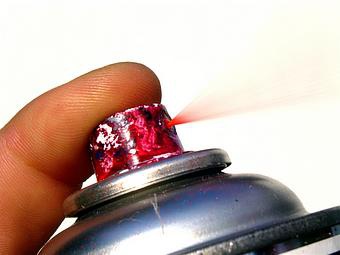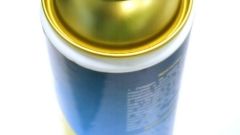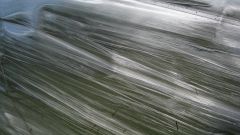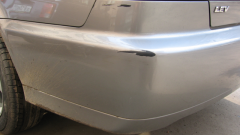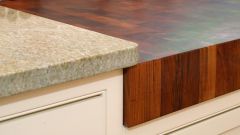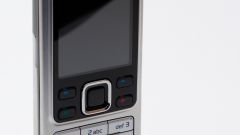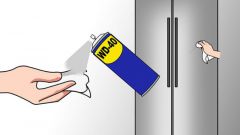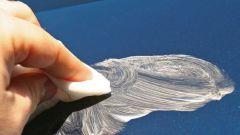You will need
- Water, rags
- Sandpaper No. 1000
- Acetone or cleaner for plastic
- Primer and paint for plastic
- Varnish (if necessary)
- Abrasive paste and sander
- Gas burner or a heat gun
Instruction
1
Prepare damaged plastic to paint. If the surface details are great products, if possible, separate it and clean thoroughly on both sides.
2
Clean with sandpaper the entire spacious paint and check with your finger if there are any slight grooves or roughness. For operation it is recommended to use sandpaper No. 1000, and best to stock up with two or three leaves.
3
Clean the sanded surface with acetone or a special cleaner for plastic, soaking in a chemical medium with a clean, soft cloth (lint-free). It will clean the contamination left by the emery paper and plastic.
4
Buy balloon special primer for plastic in a spray if the damage has penetrated to the old ground. Carefully read the instructions to the container. Usually it is shaken for 7-10 minutes and sprinkle aside a little money to protect the plastic from the possible lumps.
5
Apply the primer to the scratched plastic from a distance of 20 cm, moving parallel to the surface of the part. The damage should be covered first with a thicker layer of primer, then more subtle. If necessary, make a third, the lightest layer. Allow primed surfaces to dry completely.
6
Scuff again with the plastic surface, and then wipe it with any cleaner. Start painting plastic. The dye in the tank and you need to buy specially designed for plastic products of this type. Pick the shade carefully to avoid the slightest discrepancy with the color of the damaged coating.
7
Spray paint on the plastic first in one layer and then after drying, the dye after 10-20 minutes) the second. If deep scratches may need a layered drawing of a decorative covering. If there are ugly streaks of paint, immediately wipe them with a wet cloth. While the painted item is dry, protect it from dust otherwise it will stick to the decorative layer.
8
Put a colored coating on the hour. If the plastic part patent, put the lacquer in several layers, taking care not to pour it over the surface.
Note
Some craftsmen remove scratches from plastic gas torch or Hairdryer construction for welding plastics. Pre-tuskuru the damaged area very carefully traversed these devices in scratch - under the influence of high temperature it sticks together and becomes negligible. Better this method first to try out the piece of plastic of the same kind. The heat treatment of the plastic surface must be absolutely clean, otherwise under the influence of the torch or Hairdryer it will quickly darken.
Useful advice
A small scratch that only damaged the top layer of paint, can be polished with abrasive paste. Proceed with a grinding machine with a nozzle of the foam. These materials can be purchased at the shop.
